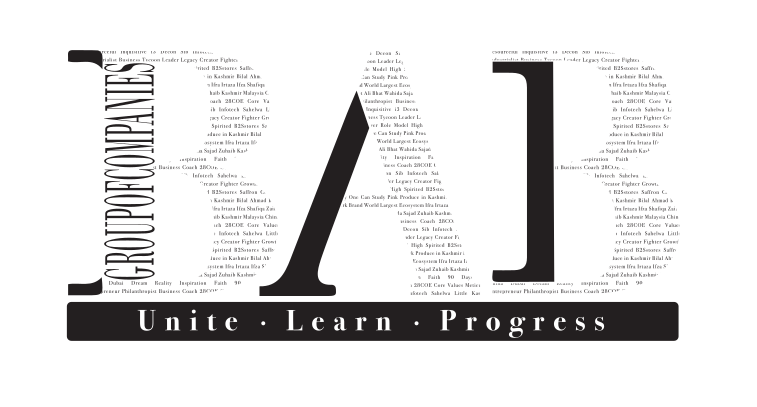In recent years, digital learning has revolutionized education, challenging traditional learning systems and paving the way for a more flexible, accessible, and personalized approach to learning. As we delve into the dynamics of digital learning and its impact on traditional systems, it becomes evident that embracing technological advancements is crucial for the future of education.
Understanding Digital Learning
- Definition and Evolution
Digital learning, also known as e-learning or online learning, refers to the use of digital technologies to deliver educational content and facilitate learning experiences outside the traditional classroom setting. It encompasses a wide range of tools and platforms, including web-based courses, virtual classrooms, multimedia resources, and interactive simulations.
- Advantages Over Traditional Learning Systems
- Accessibility: Digital learning transcends geographical barriers, enabling students to access educational
- and participate in courses from anywhere in the world with an internet connection.
- Flexibility: Learners have the flexibility to study at their own pace and schedule, accommodating diverse learning styles and personal commitments.
- Personalization: Adaptive learning technologies can personalize the learning experience based on individual strengths, weaknesses, and progress, fostering more effective learning outcomes.
Impact on Traditional Learning Systems
- Transformation of Teaching Methods
Traditional learning systems are increasingly integrating digital tools and methodologies to enhance teaching effectiveness and student engagement. This shift encourages educators to adopt innovative pedagogical approaches and leverage multimedia resources to cater to diverse student needs.
- Accessibility and Inclusivity
Digital learning promotes inclusivity by providing equal educational opportunities to individuals with disabilities, those living in remote areas, and adult learners seeking professional development.
- Challenges and Considerations
- Digital Divide: Disparities in access to technology and internet connectivity can widen educational inequalities, posing challenges for marginalized communities.
- Quality Assurance: Ensuring the quality and credibility of online educational programs requires robust evaluation frameworks and accreditation standards.
Actionable Strategies for Embracing Digital Learning
- Invest in Infrastructure: Enhance technological infrastructure to support seamless digital learning experiences, including high-speed internet access, learning management systems (LMS), and interactive content development tools.
- Professional Development: Provide ongoing training and support for educators to effectively integrate digital tools into their teaching practices and enhance digital literacy skills.
- Collaboration and Partnerships: Foster collaboration with edtech companies, academic institutions, and industry partners to co-create innovative digital learning solutions and share best practices.
Future Outlook
As digital learning continues to evolve, its impact on traditional learning systems will be transformative. Embracing this shift requires stakeholders in education to adapt, innovate, and collaborate to ensure equitable access to quality education worldwide. The BAB Group Of Companies remains committed to advancing digital learning initiatives that empower learners, educators, and institutions to thrive in the digital age.
In conclusion, digital learning represents a paradigm shift in education, offering unprecedented opportunities for innovation, inclusivity, and personalized learning experiences. By harnessing the power of technology and embracing digital transformation, we can collectively shape the future of education and empower learners to achieve their full potential in a rapidly changing world.

